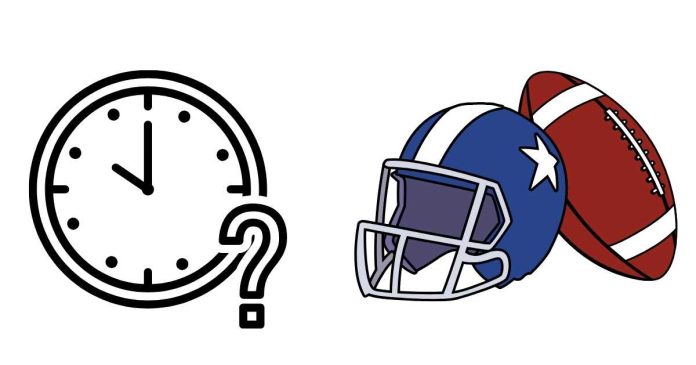In football, the clock rules for when a player runs out of bounds differ between the NFL and NCAA. Here’s a straightforward explanation:
NFL Clock Rule
In the NFL, the game clock stops when a player carrying the ball steps out of bounds. However, the clock will restart as soon as the referee sets the ball ready for play, except during the final two minutes of the first half and the last five minutes of the second half. During these periods, the clock remains stopped until the next snap.
NCAA Clock Rule
In college football (NCAA), the clock stops when a ball carrier goes out of bounds. Unlike the NFL, the clock does not immediately restart after the ball is set. It resumes once the referee signals the ball ready for play, except during the final two minutes of each half. During these critical moments, the clock stays stopped until the ball is snapped.
Key Takeaway
- NFL: Clock restarts when the ball is ready, except in the final 2 minutes of the first half and final 5 minutes of the game.
- NCAA: Clock restarts when the ball is ready, except in the last 2 minutes of each half, where it waits for the snap.


